n modern computer science, software engineering, and other fields, the need arises to make decisions under uncertainty. Presenting probability and statistical methods, simulation techniques, and modeling tools, Probability and Statistics for Computer Scientists helps students solve problems and make optimal decisions in uncertain conditions, select stochastic models, compute probabilities and forecasts, and evaluate performance of computer systems and networks.
After introducing probability and distributions, this easy-to-follow textbook provides two course options. The first approach is a probability-oriented course that begins with stochastic processes, Markov chains, and queuing theory, followed by computer simulations and Monte Carlo methods. The second approach is a more standard, statistics-emphasized course that focuses on statistical inference, estimation, hypothesis testing, and regression. Assuming one or two semesters of college calculus, the book is illustrated throughout with numerous examples, exercises, figures, and tables that stress direct applications in computer science and software engineering. It also provides MATLAB® codes and demonstrations written in simple commands that can be directly translated into other computer languages.


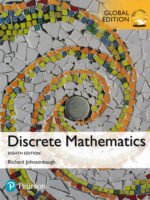
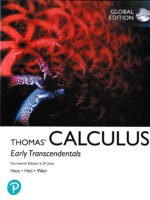
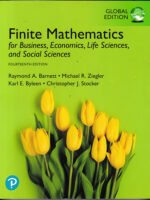

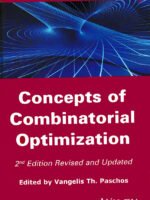
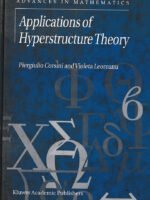
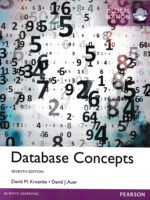
Be the first to review “Probability and Statistics for Computer Scientists”